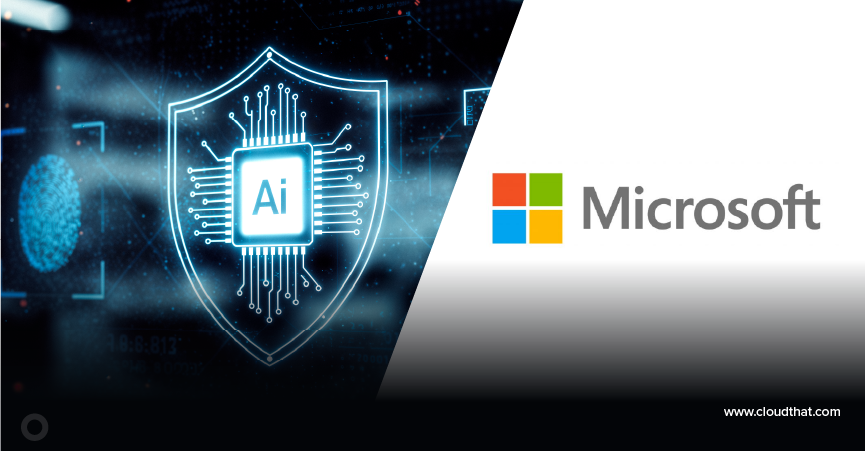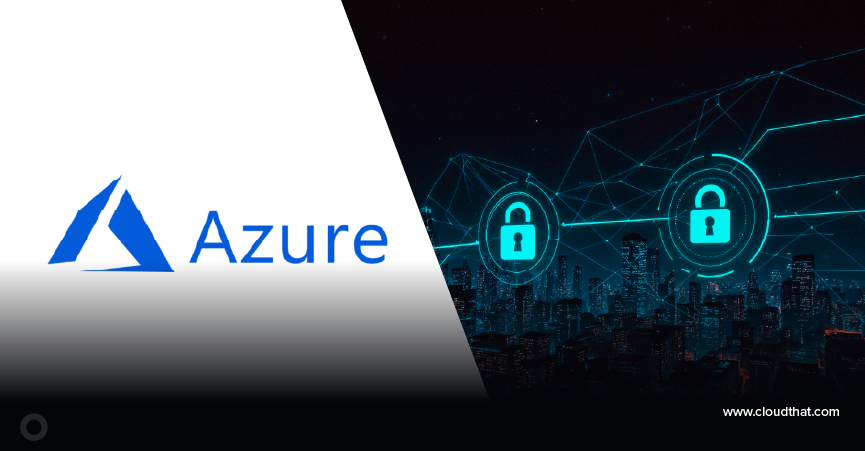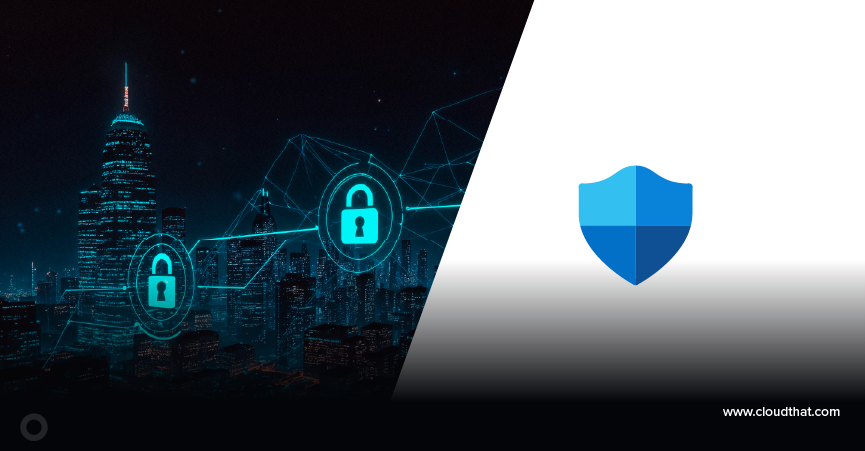In the fast-paced world of software development, delivering high-quality applications quickly and reliably has become paramount. Often manual and complex, traditional deployment processes struggle to keep pace with modern demands. This is where Docker and Kubernetes, a powerful duo, step in as game-changers.
Docker, a containerization platform, packages applications with all their dependencies into portable, self-contained units called containers. These containers run consistently across different environments, eliminating the “it works on my machine” syndrome.
Kubernetes, an orchestration platform, takes containerized applications and manages their deployment, scaling, and lifecycle within a cluster. It automates complex tasks, facilitates horizontal scaling, and ensures high availability of your applications.
|
Voiced by Amazon Polly |
Overview:
Combining Docker and Kubernetes empowers you to build streamlined deployment pipelines with significant advantages:
- Faster deployments: Automate your entire workflow, from code commit to production rollout, reducing manual interventions and time to market.
- Greater consistency: Containers ensure identical environments across development, testing, and production, minimizing compatibility issues.
- Improved scalability: Easily scale your applications up or down based on demand with Kubernetes’ dynamic resource management.
- Enhanced reliability: Self-healing capabilities in Kubernetes automatically restart failing containers, ensuring high availability.
- Simplified infrastructure management: Manage infrastructure as code, treating servers and clusters as disposable units managed by Kubernetes.
Pioneers in Cloud Consulting & Migration Services
- Reduced infrastructural costs
- Accelerated application deployment
Benefits:
- Reduced deployment time: Cut deployment times from hours or days to minutes, accelerating your development cycle.
- Increased developer productivity: Free developers from infrastructure concerns, allowing them to focus on core application logic.
- Improved operational efficiency: Manage and scale applications across different environments with more efficiency and control.
- Enhanced fault tolerance: Container isolation prevents application failures from cascading, promoting a resilient infrastructure.
- DevOps adoption: Enables a true DevOps culture by streamlining collaboration and automating workflows.
Advantages:
- Open-source: Docker and Kubernetes are open-source technologies that offer flexibility and cost-effectiveness.
- Large community: Benefit from a vibrant community of developers and vendors providing support and tools.
- Platform-agnostic: Run on any infrastructure, from bare metal to cloud platforms like AWS and Azure.
- Flexibility: Containerize any application, regardless of programming language or architecture.
- Security: Container isolation enhances security by limiting the attack surface of each application.
Docker, an open-source platform, allows developers to package applications and their dependencies into lightweight containers. These containers encapsulate everything needed to run the application, including code, runtime, system tools, libraries, and settings. This approach ensures consistency across different environments, from development to production, eliminating the infamous “it works on my machine” problem.
By leveraging Docker containers, developers can create portable, self-sufficient software units that can run on any infrastructure, whether a developer’s laptop, a testing environment, or a production server. This portability significantly simplifies the deployment process, as developers no longer need to worry about compatibility issues or differences between environments.
However, while Docker simplifies application packaging and distribution, managing containers at scale requires a robust orchestration tool. This is where Kubernetes comes into play. Developed by Google and now maintained by the Cloud Native Computing Foundation, Kubernetes is an open-source container orchestration platform that automates the deployment, scaling, and management of containerized applications.
At its core, Kubernetes provides a declarative approach to managing infrastructure, allowing developers to define the desired state of their applications using YAML manifests. Kubernetes then continuously monitors the cluster, ensuring the actual state matches the desired state. This declarative Furthermore, Kubernetes offers built-in support for service discovery, load balancing, and storage orchestration, simplifying the integration of microservices and distributed systems. Developers can easily define services, expose them to the network, and let Kubernetes handle traffic routing and load balancing. This native support for microservices architecture enables developers to build scalable, resilient applications without reinventing the wheel.
Another advantage of Kubernetes is its ecosystem of third-party tools and integrations, which extends its functionality and makes it easier to integrate with existing workflows. From monitoring and logging to continuous integration and delivery, numerous tools and platforms seamlessly integrate with Kubernetes, allowing developers to build end-to-end deployment pipelines tailored to their needs. Model simplifies operations and reduces the risk of configuration drift, making it easier to maintain and scale complex applications.
One of the key features of Kubernetes is its ability to perform rolling updates and automatic rollbacks, ensuring zero downtime during deployments. By gradually shifting traffic from old to new application versions, Kubernetes minimizes the impact on end users and provides a seamless deployment experience. In case of any issues, Kubernetes can automatically roll back to the previous version, mitigating the risk of service disruptions.
Conclusion:
Streamlining your deployment pipelines with Docker and Kubernetes can significantly improve agility, reliability, and efficiency in your software development process. While there are initial hurdles, the long-term benefits outweigh the challenges, making this duo a compelling choice for modern development teams. Successful adoption requires careful planning, training, and a DevOps-minded approach.
Want to save money on IT costs?
- Migrate to cloud without hassles
- Save up to 60%
About CloudThat
CloudThat is an award-winning company and the first in India to offer cloud training and consulting services worldwide. As a Microsoft Solutions Partner, AWS Advanced Tier Training Partner, and Google Cloud Platform Partner, CloudThat has empowered over 850,000 professionals through 600+ cloud certifications winning global recognition for its training excellence including 20 MCT Trainers in Microsoft’s Global Top 100 and an impressive 12 awards in the last 8 years. CloudThat specializes in Cloud Migration, Data Platforms, DevOps, IoT, and cutting-edge technologies like Gen AI & AI/ML. It has delivered over 500 consulting projects for 250+ organizations in 30+ countries as it continues to empower professionals and enterprises to thrive in the digital-first world.
FAQs
1. Do I need to migrate my entire application to containers to benefit from Docker and Kubernetes?
ANS: – Not necessarily. You can start by containerizing critical components or microservices for faster deployments and improved scalability.
2. What are the best practices for securing containerized applications?
ANS: – Implement least-privilege access, regularly scan images for vulnerabilities, and leverage security-focused Kubernetes features.

WRITTEN BY Ravikumar Eranna Murali
Ravikumar works a Senior DevOps Engineer at CloudThat with extensive hands-on experience in DevOps technologies and AWS cloud services. He is passionate about Kubernetes, automation, cloud infrastructure, and CI/CD pipelines, and is always eager to learn and explore emerging technologies shaping the industry. Ravikumar thrives on optimizing processes, enhancing security, and driving efficiency through automation and best practices in cloud-native environments.


 Login
Login


 March 21, 2024
March 21, 2024 PREV
PREV











Comments